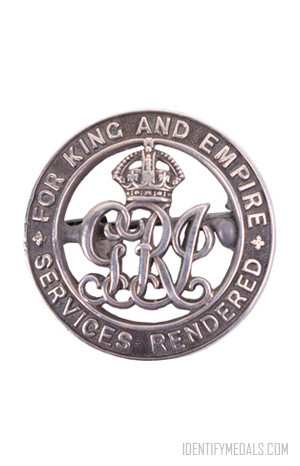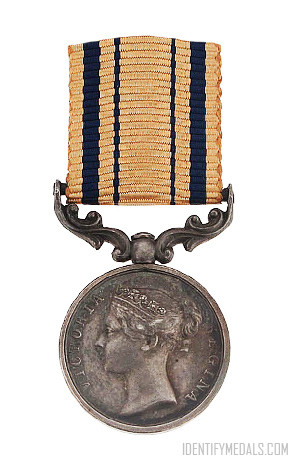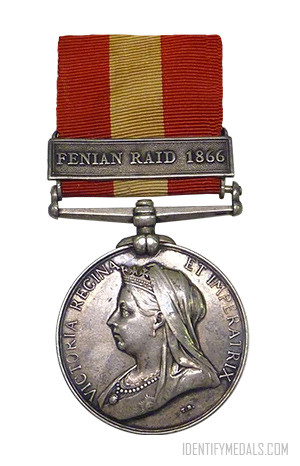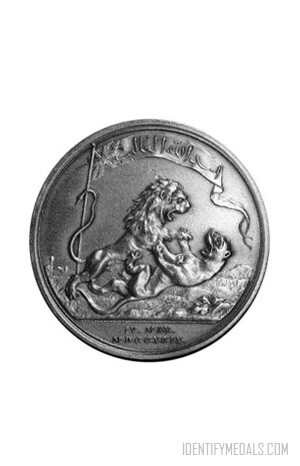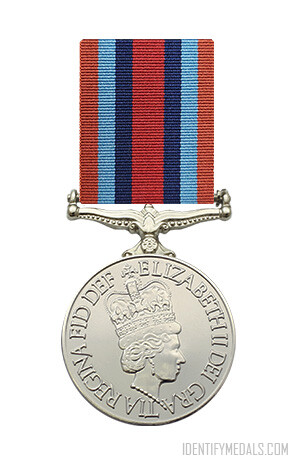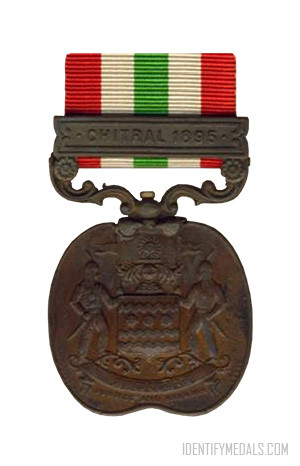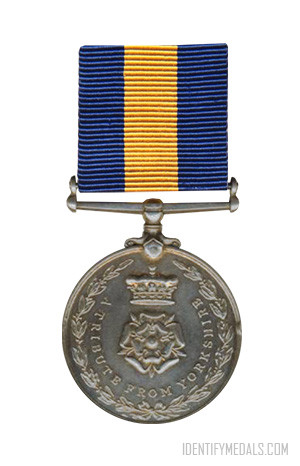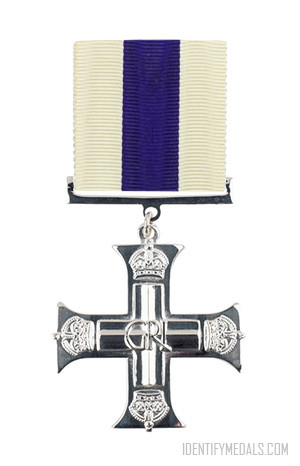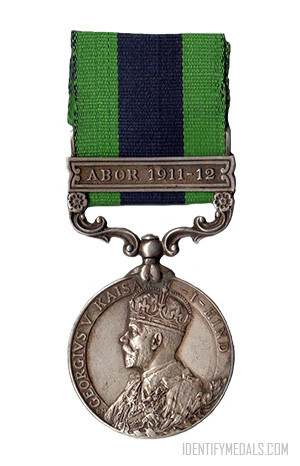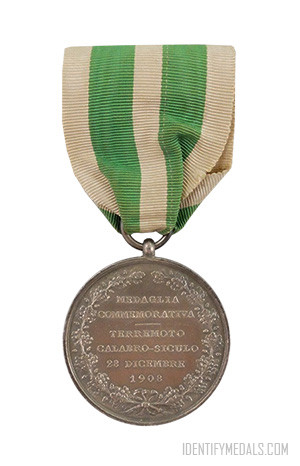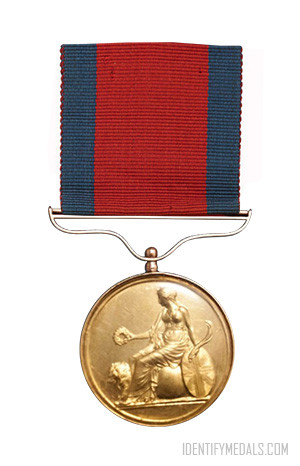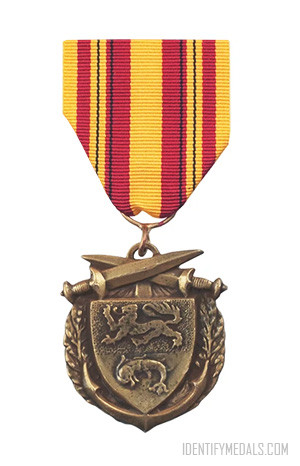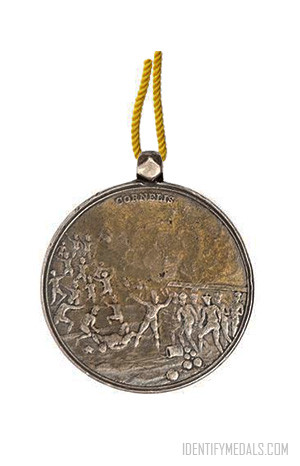- Time Period: The Great War
- Year of Institution: September 1916
- Country: Great Britain
The Silver War Badge was issued to service personnel who had been honorably discharged due to wounds or sickness from military service in World War I in the United Kingdom and the British Empire. The badge is sometimes called the “Discharge Badge”, the “Wound Badge” or “Services Rendered Badge”.
This sterling silver lapel badge was intended to be worn on civilian clothes. As the war had developed, a substantial number of servicemen had been discharged with wounds that rendered them unfit for service, but were sometimes not obvious from their outward appearance. As they could be sometimes harassed by women who confronted men of fighting age they saw in public places without a military uniform by ostentatiously presenting them with white feathers as a suggestion of cowardice; this acted as a secondary causation for the introduction of this medal.
The Silver War Badge Awardees
Approximately 1,150,000 badges were issued, which had to be claimed and then approved.
Here are the names of five individuals who received the Silver War Badge:
Harry Patch: Harry Patch was a British soldier who served in World War I and was known as the “Last Tommy” due to being one of the last surviving veterans of the war. He received the Silver War Badge after being wounded in combat.
Wilfred Owen: Wilfred Owen is one of the most famous poets of World War I, known for his powerful anti-war poems. He received the Silver War Badge after suffering from shell shock and being declared unfit for further service.
Siegfried Sassoon: Another renowned World War I poet, Siegfried Sassoon, received the Silver War Badge. He was initially awarded the Military Cross for his bravery but later protested against the continuation of the war and was sent to a hospital, where he received the badge.
Vera Brittain: Vera Brittain was a British writer and feminist who served as a nurse during World War I. She received the Silver War Badge after being injured and returning to civilian life.
Eric Liddell: Eric Liddell, the Scottish athlete and missionary depicted in the film “Chariots of Fire,” received the Silver War Badge. He served as a missionary in China during World War II and was interned in a Japanese civilian internment camp during the war, where he received the badge due to his internment.
The Silver War Badge Design
The badge bears the royal cipher of “GRI” (for Georgius Rex Imperator; George, King and Emperor) and around the rim “For King and Empire – Services Rendered”.
The reverse side of the Silver War Badge is engraved with the recipient’s unique service number, rank, name, and regiment or unit. This information helps in identifying and confirming the recipient’s service, as each badge was uniquely numbered (Silver War Badges issued by the Empire’s dominion nations had their identification numbers on the reverse prefixed with the first letter of the issuing nation).
The Silver War Badge is typically suspended from a simple pin or brooch mechanism, allowing it to be worn on a civilian’s clothing.
The ribbon of the Silver War Badge is usually a solid, muted silver-gray color, complementing the badge’s purpose as a symbol of honor for those who had suffered wounds or illness in service to their country during World War I.

